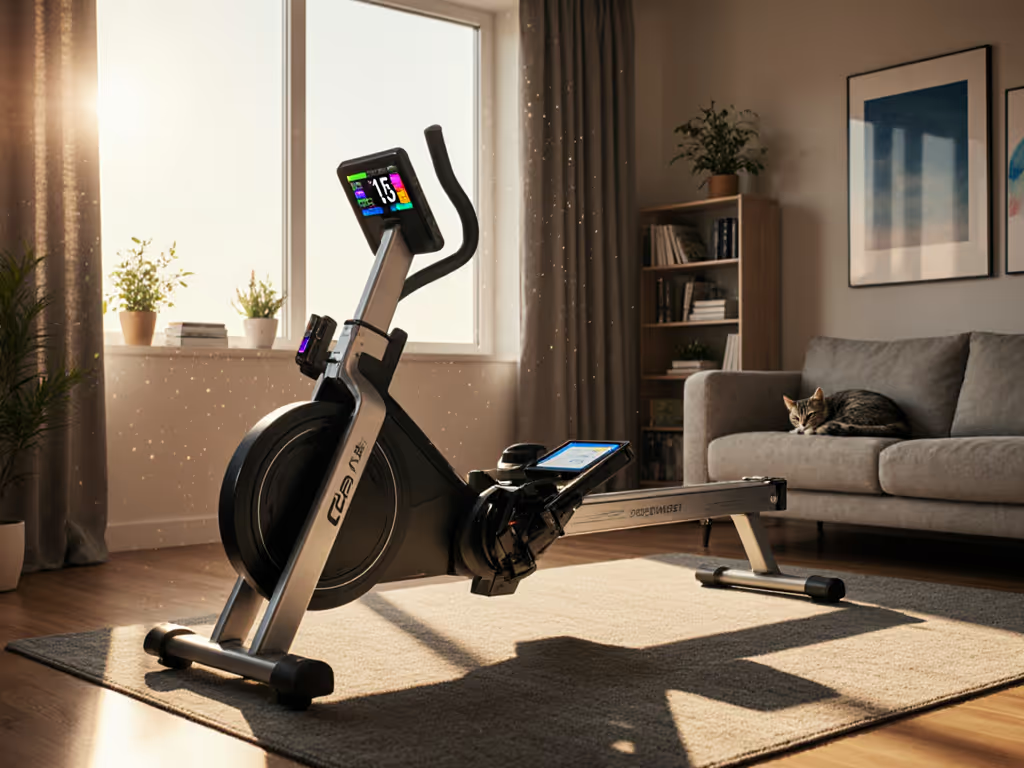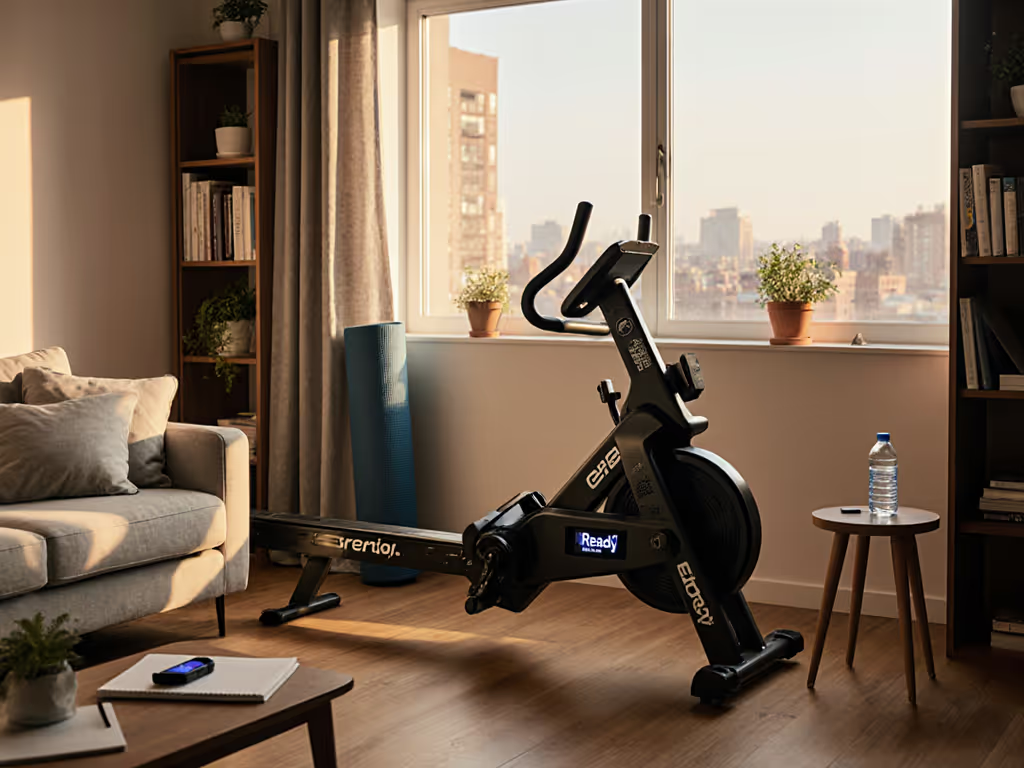
Rowing Machine: Full-Body Strength Without Joint Stress
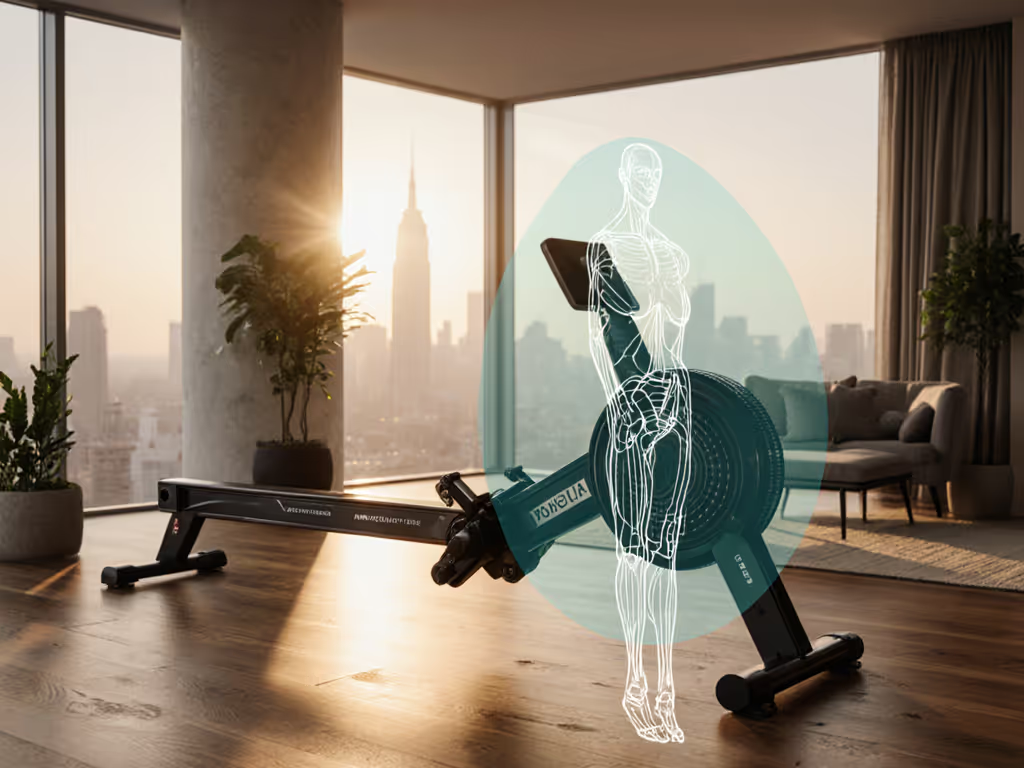
Rowing machine trainer sessions offer something rare in fitness: genuine full-body engagement with minimal impact on joints. Well-executed water rowing machine workouts activate approximately 86% of your musculature while being gentle enough for daily practice, as long as the setup is correct. I've seen countless people abandon their rowers because they experienced knee strain, back twinges, or shoulder discomfort they believed "just came with the territory." Nothing could be further from the truth. The reality? Poor ergonomics sabotage the very benefits that draw us to rowing in the first place.
Why Full-Body Strength Shouldn't Mean Full-Body Pain
Research confirms what dedicated rowers know: properly executed rowing builds strength across major muscle groups while improving cardiovascular endurance. Studies show back muscles strengthen by 10.4-37.8% after eight weeks, grip strength increases by 11.1-36.6%, and trunk flexion improves by over 100% in just six weeks. Yet these benefits vanish when your machine fights your body's natural mechanics.
The paradox many face: they choose rowing for its low-impact reputation, then experience joint discomfort that makes them question if rowing is good exercise after all.
As a rowing coach who once had to stop training due to a persistent back issue, I understand this frustration. What transformed my practice wasn't "toughing it out" but measuring my hip angle (finding it consistently exceeded 95° at the catch) and ankle dorsiflexion (only 10° instead of the optimal 15-20°). These measurable discrepancies explained why my supposedly "joint-friendly" workout left me stiff and sore.
Your body doesn't lie, but generic setup instructions often do. When advice like "sit tall" or "lean back more" fails to specify how much or how far, you're left guessing at crucial biomechanical thresholds. Small adjustments to foot stretcher position, seat height, or handle diameter can shift you from 45° to 60° at the catch, a difference that determines whether your hamstrings and glutes drive powerfully or your lower back bears the brunt.
Measuring What Matters for Real Comfort
The solution isn't maximum power output but repeatable comfort. When you establish comfort metrics through precise measurement rather than subjective feeling, you build consistency that compounds over time. Start with these three foundational angles:
- Hip angle at catch: 90°-100° for most adults (measured between torso and thigh)
- Ankle angle: 15°-20° of dorsiflexion at full compression
- Knee over ankle: Patella should align vertically above the malleolus during the drive phase
These ranges aren't arbitrary, they're derived from biomechanical analysis of efficient rowing strokes across diverse body types. A Concept2 RowErg user recently shared how adjusting their footplates forward by 2cm (bringing their knee directly over ankle) eliminated years of IT band discomfort. No expensive accessories, just calibrated positioning.
Your rail height matters more than you think. If you're constantly "sitting up" to maintain connection through the drive phase, your seat may be too low relative to your foot stretchers. Measure the vertical distance from floor to seat: it should generally fall between 12-16 inches depending on your inseam. For taller users (5'10"+), consider a model with extended rails that accommodate full leg extension while maintaining 110°-120° of knee flexion at the finish.
When evaluating a rowing machine for cardio, prioritize adjustability over perceived "premium" features. Can the foot stretchers accommodate both narrow and wide stances? Does the seat contour support your sit bones across varying hip widths? Water rowing machines like the WaterRower offer smooth resistance that closely mimics actual water dynamics, but only if your body can move through the stroke without restriction.
Turning Discomfort into Sustainable Practice
Understanding which muscles rowing works helps you diagnose improper load distribution. The ideal stroke uses 65-75% lower body and 25-35% upper body. If you're predominantly arm-pulling, you're likely compensating for insufficient hip drive caused by poor foot positioning or seat height. Measure your stroke ratio (time spent on the drive versus recovery). A healthy ratio falls between 1:1.5 and 1:2.5. If your recovery phase is shorter than your drive phase, you're probably rushing positions due to discomfort.
For those weighing rowing vs running benefits, remember that rowing's supposed "joint-friendliness" depends entirely on proper setup. While running places 2-3x body weight through joints with each impact, an improperly fitted rower creates shearing forces that strain tendons and ligaments without you even realizing it. Adjust your damper setting to match your strength. On air resistance models like the Concept2 RowErg, settings between 3-5 typically provide optimal resistance for balanced full-body engagement without joint stress.
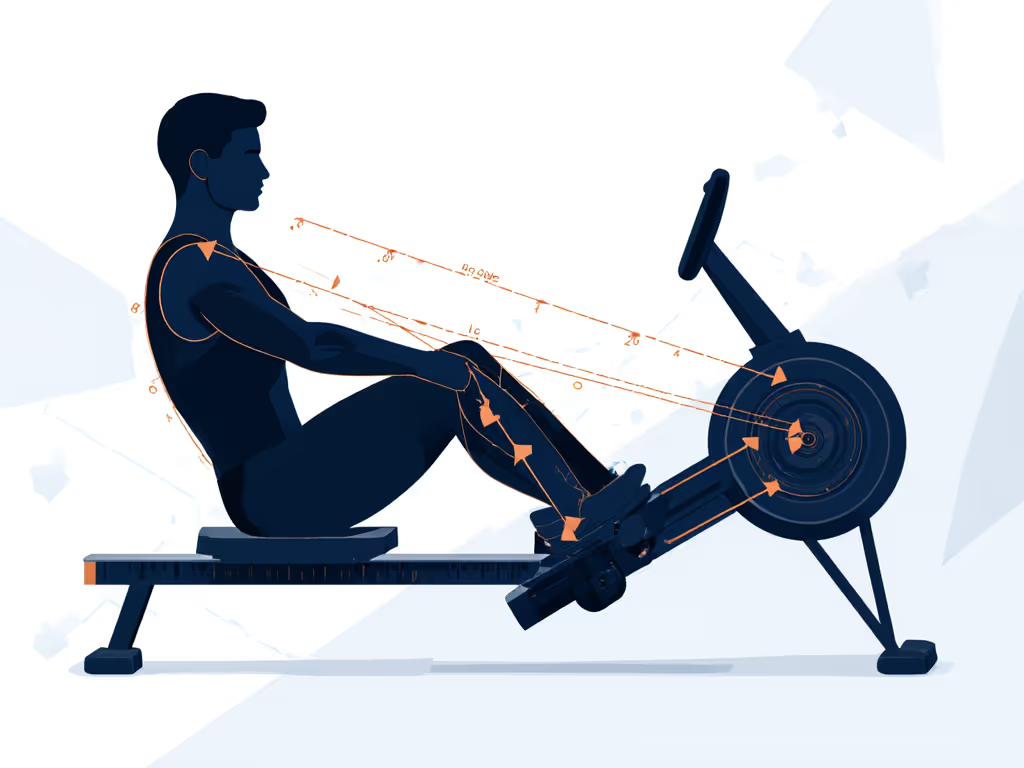
My transformation came when I stopped chasing arbitrary metrics and started measuring my comfort. Small changes (in my case, adding 1cm spacers under my footplates and switching to a 28mm handle) made the difference between dreading workouts and looking forward to them. When you optimize for measurable comfort rather than maximum watts, you create something more valuable: a workout you'll actually do.
Good fit turns discipline into a habit you actually keep. Adjust once, enjoy every session.
Finding Your Personalized Solution
As you explore different machines, ask concrete questions about adjustability:
- What's the minimum and maximum rail length? (Critical for inseams outside 30-34")
- How many foot stretcher positions exist?
- What's the vertical seat height range?
- Does the handle diameter accommodate your grip size?
Remember that comfort you can measure becomes consistency you can trust. Whether you're using a magnetic model for apartment living, air resistance for precise power measurement, or water resistance for that authentic feel, the principles remain the same. Measure, adjust, and trust the data, not marketing claims or generic advice. Your body will respond with stronger rowing machine for cardio sessions that build the resilience and strength you're seeking, without the joint stress that derails so many promising fitness journeys.
If you're ready to transform your relationship with rowing, start measuring your angles today. The difference between frustration and flow often comes down to just one degree of adjustment.
Related Articles

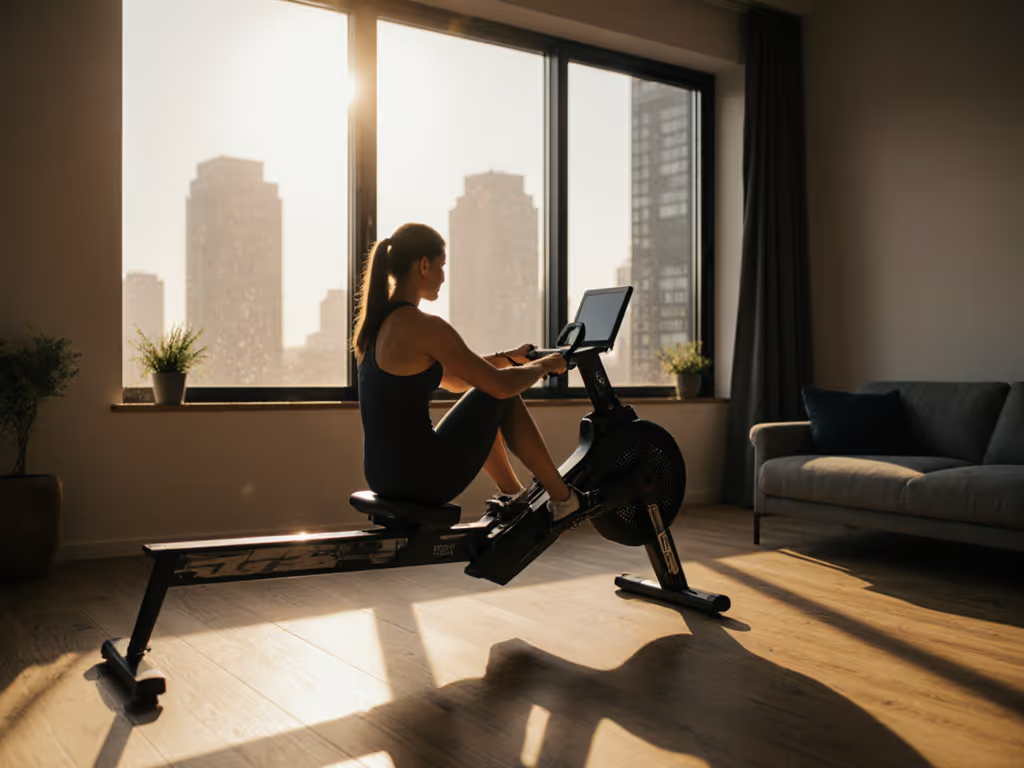
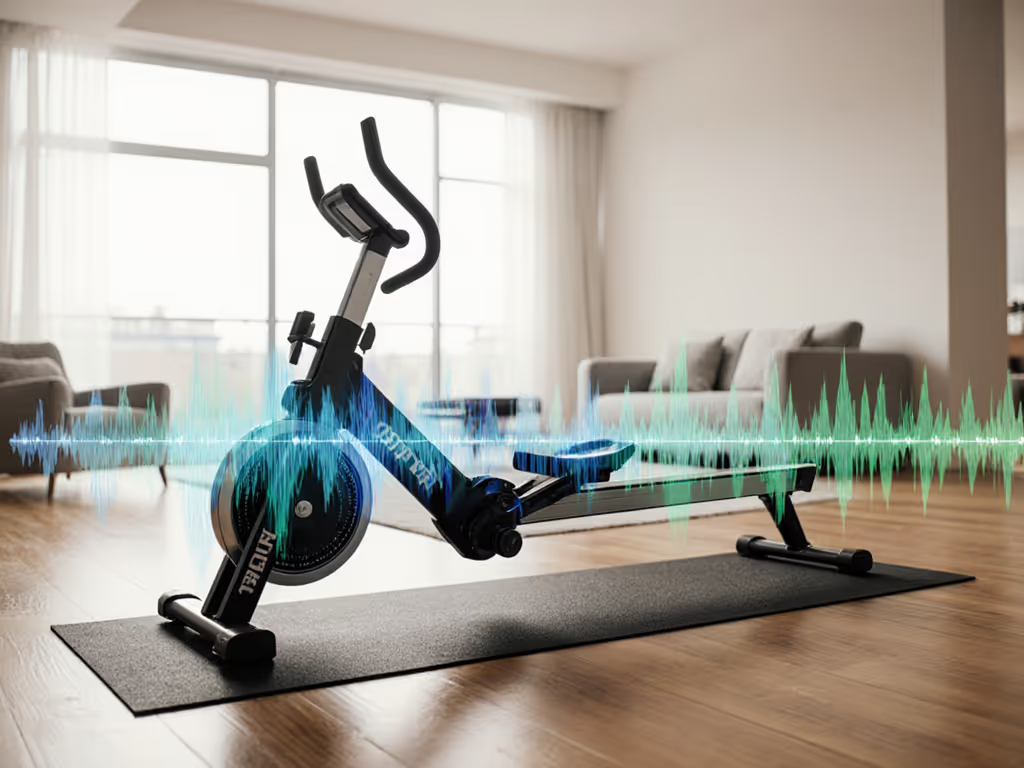
Rowing Machine Simulator: Fix Form Errors, Cut Neighbor Noise
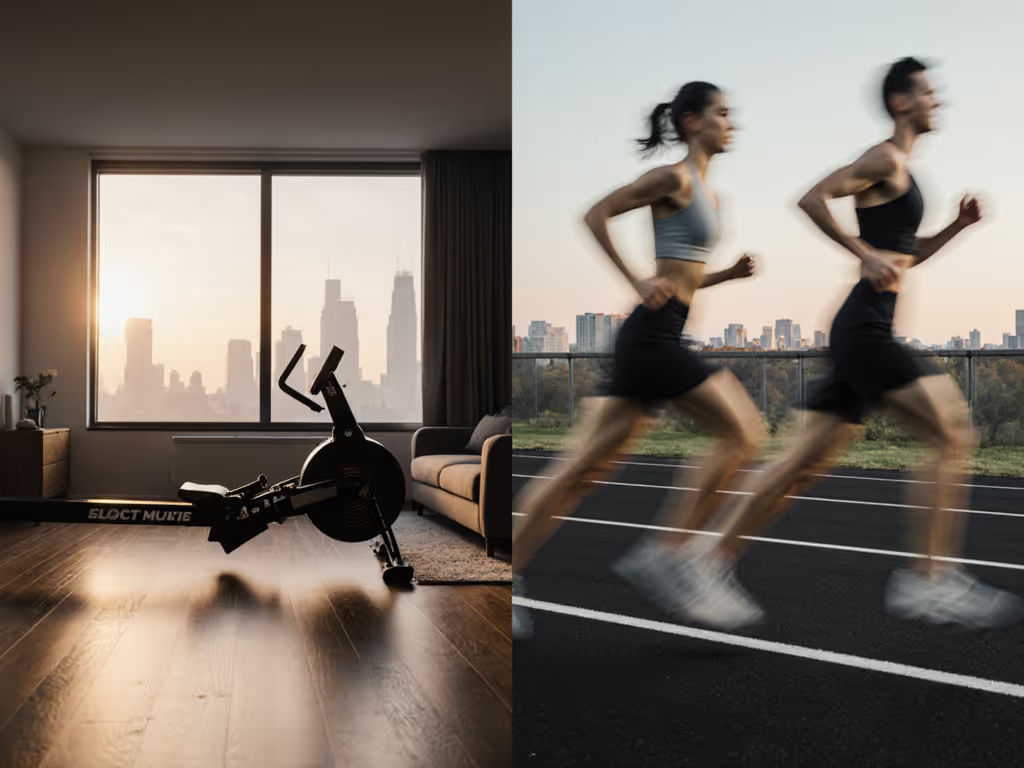
Quiet Rower Cardio Machine vs Running: Low-Impact Truth
